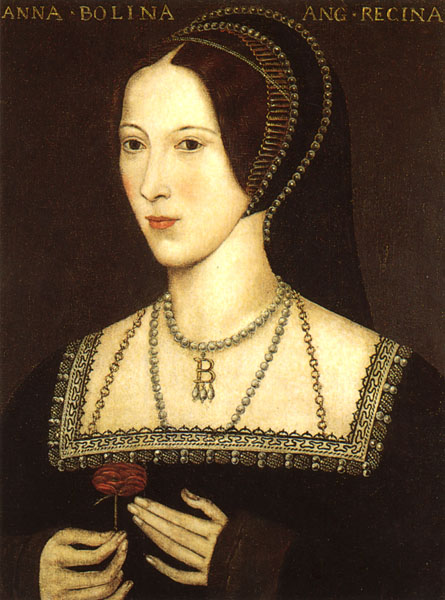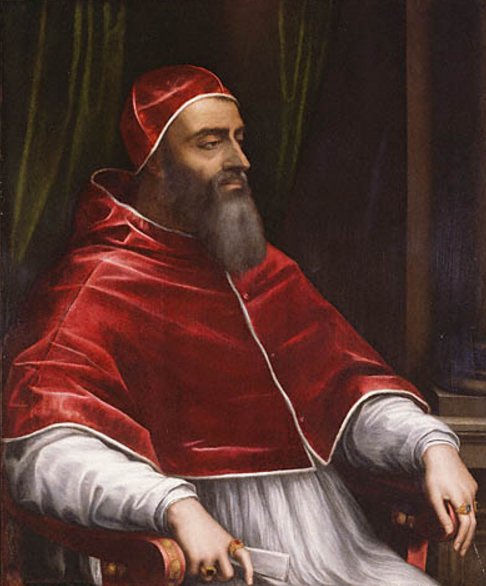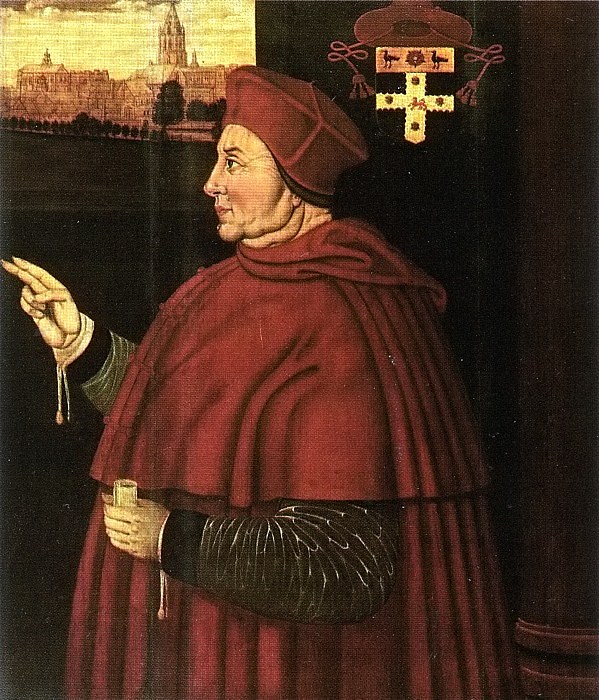Whilst the Pope Clement VII was busy working on negotiating with the Holy Roman Emperor in 1529, Henry VIII ‘finally sent the Earl of Wiltshire, Dr Lee, Bishop of York, and Stokesley Bishop of London as delegates to the Pope then at Bologna where he was meeting with the Emperor, Charles V. Again Clement ducked the issue and said he would consider it when he returned to Rome… Henry’s response was to… obtain the opinion of the Divines of leading universities in Europe for their opinion about a divorce’ (
http://www.thereformation.info/Divorce.htm).
It would be important to summarise the points of dispute claimed from the both sides: while Henry argued that his marriage to Catherine had been against God’s law, making use of Leviticus 20:16 to back up his case, Catherine was adamant that ‘she and Arthur, her first husband and Henry’s brother, did not consummate their marriage and therefore were not truly husband and wife’ (
http://tudorhistory.org/aragon/). Moreover, on contrary to Henry’s claim, the Rome dissected what Leviticus had actually meant was ‘you should not marry your brother’s wife while he was still alive’ (
http://www.historylearningsite.co.uk/henry_catherine_divorce.htm). In addition, opposing to what shall happen as a result of such forbidden marriage, ‘Catherine and Henry were far from childless, and still had one living child. But that child was a girl, and didn’t count in Henry’s mind’ (
http://tudorhistory.org/aragon/). It should be noted that Catherine also ‘appealed directly to the Pope… since her nephew was Charles V, the Holy Roman Emperor… not only to retain her position, but also that of her daughter Mary’ (ibid).
Consequently, the twelve of the Divines of leading universities in Europe, who responded to Henry’s request, concluded as following: ‘affirming plainly his marriage, in case as it standeth, both to be unlawful, and repugnant to the express word of God: and that no man is able to dispense with the same’ (
http://www.thereformation.info/Divorce.htm).
 |
| Henry VIII |
In the following year, it seems that Henry changed his strategy for appealing his case directly to Catherine’s nephew and appointed Thomas Boylen, in January 1530, along with other bishops, ‘to go to the Emperor Charles V, and explain to him the king’s reasons for seeking a divorce from his aunt, Catherine of Arragon. The pope [Clement VII] and the emperor at that time had met together at Bologna, and the ambassadors were further commissioned to treat with both of them, and with other potentates, for a general peace. But, of course, the main object was to counteract, as far as possible, the influence which the emperor would bring to bear upon the pope in favour of Catherine. The ambassadors, however, failed to impress the former with the justice of the king’s cause; and the latter very naturally kept his sentiments to himself’ (
http://www.luminarium.org/encyclopedia/thomasboleyn.htm). This followed an issue of breve by Clement on 7 March 1530, in which, the Pope indicated that ‘he knew of Henry`s intention to seek a decision elsewhere’ (
http://www.thereformation.info/Divorce.htm) and pronounced ‘censure against those who threatened to have the king’s divorce suit decided by an English tribunal, and forbade Henry to proceed to a new marriage before a decision was given in Rome (
http://www.newadvent.org/cathen/04024a.htm). In the beginning of the following year, on 5 January 1531. the Pope further ‘issued a breve [warning letter] that peremptorily warned of excommunication if Henry proceeded to a second marriage before the existing marriage state was decided’ (
http://www.thereformation.info/Divorce.htm). Reacting to this, in March 1531, Henry ‘sent the matter before Parliament’ (ibid), in which, it was explained that Henry had consulted with ‘the chief universities of all christendom, to know their opinion and judgment’ (ibid) on his marriage to Catherine, and ‘The replies from the universities were produced and read out. The significance of the decisions was to demonstrate that the Pope was not what he claimed, and secondly, he presumptuously took unto himself powers that he was not able to dispense’ (ibid). As a result, the prelates were made to call Henry ‘”the supreme head of the Church of England” which they had never admitted before’ (ibid) and consequently the king ‘extorted a vast sum of money from the English clergy upon the pretext that the penalties of præmunire had been incurred by them through their recognition of the papal legate, and soon afterwards he prevailed upon Parliament to prohibit under certain conditions the payment of annates to Rome’ (
http://www.newadvent.org/cathen/04024a.htm). Thus, in effect, the English Reformation has been launched.







.jpg)
